Ask someone to name his or her hero and why and you will learn as much about that person as the historical figure. We asked faculty members from across the university to tell us which person in history from their field of specialty they would invite for an evening’s dinner and conversation about politics, work, art or leadership today. Here are their intriguing replies.—The Editor
“If you could have dinner and conversation with anyone in the past, who would you pick and why?” We drew up a list of LMU professors to whom we wanted to put that question, some of whom we’ve known and others with whom we’ve never worked. We aimed for a range of experts from an array of fields, with diverse backgrounds and commitments. (Since we received more commentaries than we were able to publish in the print version of LMU Magazine, below are 12 that appeared in print and four additional responses for which there was no room.) We told them, “Perhaps you’d want to pick a guest whose views and ideas would shed light on the state of the world today. Or maybe you’d want advice for yourself and others who practice your guest’s craft. You may have a specific question about an episode, or a historic achievement, in your guest’s life. Maybe there is a great still-unanswered question at the heart of his or her grand invention. Your guest doesn’t have to be universally famous, so think broadly and freely.”
When our staff met to discuss how to visually present the commentaries, we quickly realized that we had to invite our faculty hosts themselves to gather at a dinner table — which we would photograph. Then we realized that for the photo to work they would have to act as if they were at a friendly dinner, though only a few knew one another. They also would have to be willing to be directed, like stage performers: “move here, sit there, stand over here for a few minutes.” And, throughout it all, we unnaturally would be taking photo after photo of what we hoped would look like a very natural scene.
Our fears were unfounded. The professors immediately hit it off. They ignored us and the camera because their conversations were so interesting. Ideas, laughter and wisdom were shared, selfies were taken. It was all completely natural. They didn’t meet their heroes, but a few friendships were started. The table brought them together. As we watched, directed and photographed, we tried to control our envy.—The Editor
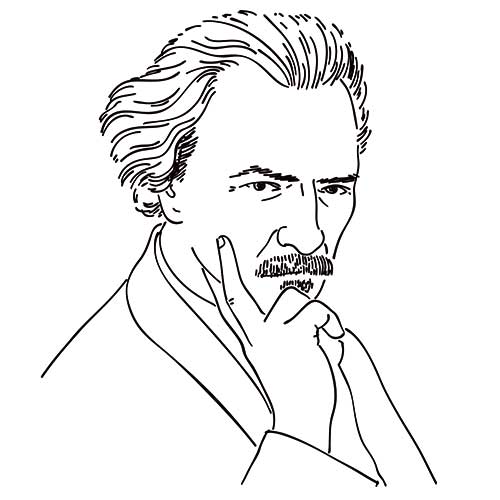
IGNACY JAN PADEREWSKI, Pianist
WOJCIECH KOCYAN, College of Communication and Fine Arts
My choice: Ignacy Jan Paderewski, one of the greatest pianists in history and one of the most interesting and charismatic figures of the late 19th and early 20th centuries. In his time, Paderewski, a Pole, was a household name around the world. He was also a statesman of international reputation and the only concert pianist to serve as prime minister. He was a businessman, a philanthropist, and a man known for his elegance, wisdom, wit and charm. He was revered for his artistic achievements but also greatly admired for the nobility of his character. I would be interested in his opinion of the rise of nationalist movements around the world, which, once positive, even progressive, and which he supported, now seem to have turned into such destructive socio-political forces. And I would like to know his thoughts on the onslaught of popular consumerist culture — another scourge of our time.
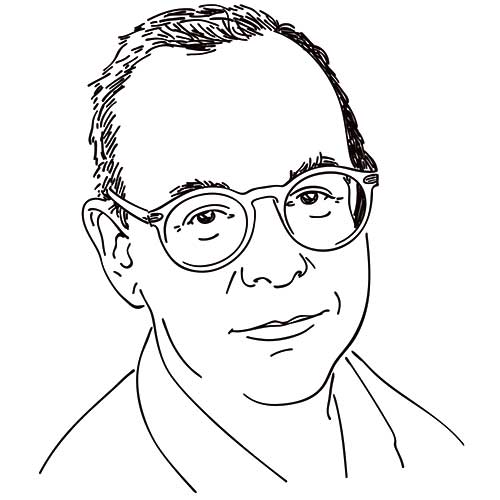
TIBOR KALMAN, Designer
SAERI CHO DOBSON, College of Communication and Fine Arts
As editor-in-chief of the infamous COLORS magazine, New York designer Tibor Kalman would be the perfect designer to graphically expose the agendas hidden within the November election ballot propositions. I first encountered COLORS when I was at Parsons School of Design in New York. I’d ask Kalman about provocative ways that he would’ve visualized what’s at stake to help educate California’s melting pot. To him I would say: “My first reaction toward your bold graphic design, typography and juxtaposition of pre-Photoshopped images was utter speechlessness. You challenged every status quo in society: religion, politics, race, sex, AIDS, gender and the disparity between rich and poor.” I remember thinking, “How is it even possible to publish and talk about such controversial stories without getting into trouble?” Kalman’s way of presenting social issues was always about upsetting conventions and provoking the young generation to look at the world twice.
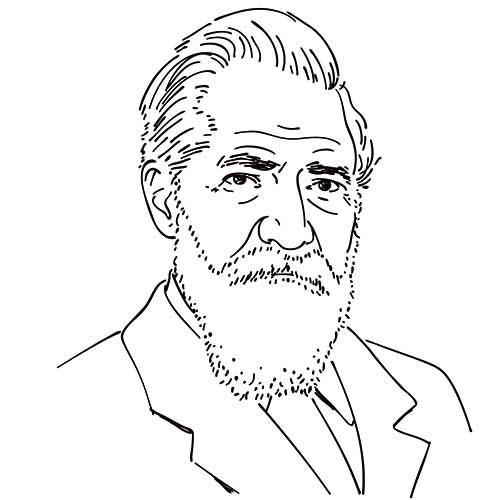
FLINDERS PETRIE, Archaeologist
WILLIAM J. FULCO, S.J., Bellarmine College of Liberal Arts
I’d like to have dinner with Flinders Petrie, the English father of modern archaeology (1853–1942). I’d like to know a lot more about the exciting early days of excavations in Palestine along the Nile and in the Egyptian Delta. But more importantly, I would ask about something In our LMU archaeology museum. We have an Egyptian item Petrie obtained at Thebes, a site he didn’t properly excavate himself. It is a splendid ushabti, a burial figure meant to accompany a mummy. We got it on the market in London when his private collection was broken up. It is labeled “F. Petrie, Thebes 1884.” I want to know how he got it. Did he buy it from a local tomb robber? Dig it up himself? Steal it from an excavation hoard while no one was looking? C’mon, Flinders, fess up!
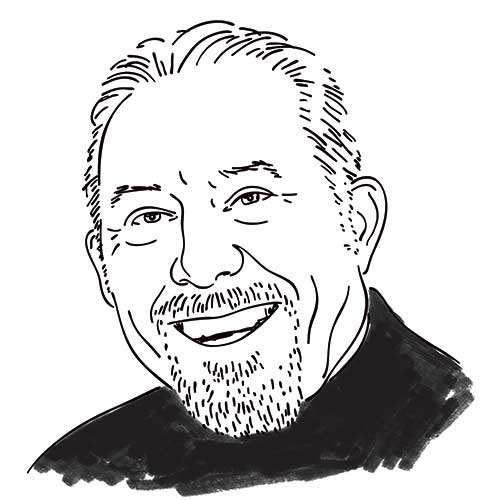
XAVIER RYNNE, Vatican II Reporter
THOMAS P. RAUSCH, S.J., Bellarmine College of Liberal Arts
I’d love to have dinner with Xavier Rynne. This pseudonymous reporter on Vatican II, read eagerly each week in The New Yorker, was actually Father Francis X. Murphy, a Redemptorist priest who spent long years teaching theology in Rome. In spite of the efforts of the Curia to impose a virtual news blackout on the debates at the Council, Rynne gave his readers summaries of what took place on the floor of St. Peter’s, citing directly from some of the Council fathers’ interventions. I’m sure Father Murphy would see many similarities between those days of controversy, open disagreement and crucial interventions with today’s Church, particularly at the two sessions of the recent Synod of Bishops on the Family, as well as the not-always-secret objections on the part of some Curial officials to the initiatives of Pope Francis. Such transparency, not seen since the Council, is a sign of health.
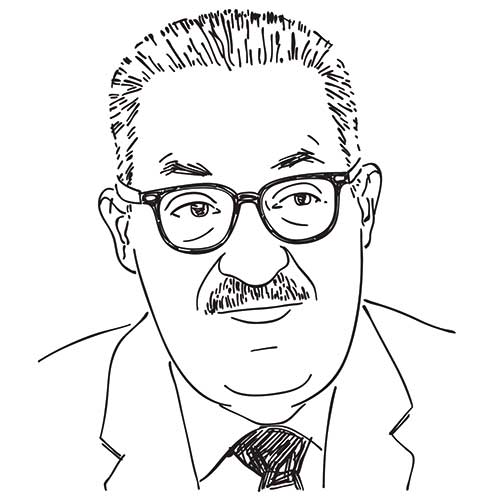
THURGOOD MARSHALL, Supreme Court Justice
PRISCILLA OCEN, Loyola Law School
Thurgood Marshall dedicated his life to a simple proposition: equal justice under the law. The constitutional framework that should have embodied that promise had a fatal flaw: It originally excluded African Americans. Black lives literally mattered less than others under law and in society. Marshall, as a lawyer and the first African American Supreme Court justice, fought to transform this exclusionary framework into what he called “a realistic document of freedom.” An architect of Brown v. Board of Education, he helped to usher in a civil and human rights revolution in every area of American life, including voting, employment and housing. What would he think today, when inequality is as stark as in the 1960s? How would he respond to the crisis of mass incarceration and cries of “Black Lives Matter”? How would he assess the efficacy of our constitutional order when equal justice under the law seems so far from reach?
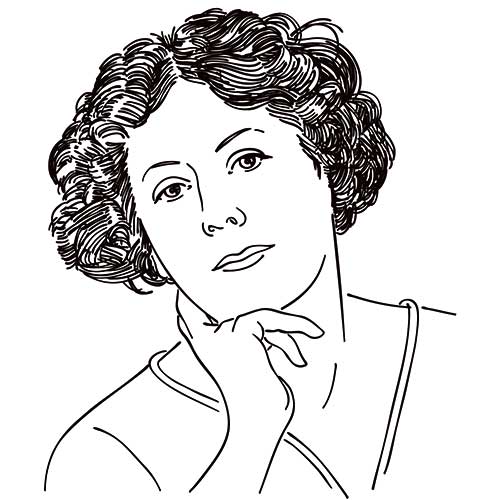
ISADORA DUNCAN, Dancer
ROSALYNDE LOO, College of Communication and Fine Arts
I imagine Isadora Duncan sitting with me on oversized chairs on the veranda, with a sumptuous spread on the coffee table, candles lit, our bare feet tucked into comfy cushions, glasses of red wine in hand. You, Ms. Duncan, are the Mother of Modern Dance. You freed yourself from corsets, pompadours and ballet slippers, and stepped barefoot into loose dresses, with bare breasts thinly veiled. You opened schools all over Europe. You marketed a brand — The Isadorables, you called it. You created the American modern dance form … and figured out how to make money with it. You had two children with two men you never married. You danced your love when your children were born; you danced your grief when they died. You owned a business, owned your emotions and owned your self-determined, female sexuality in 1906! You gave women permission to move. Are we still doing your dance, Ms. Duncan?
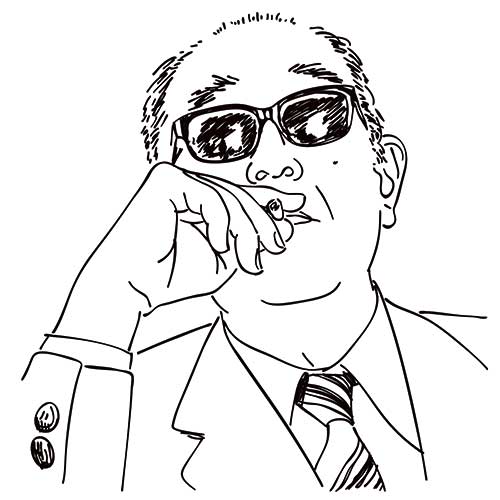
AKIRA KUROSAWA, Filmmaker
LEENA PENDHARKER, School of Film and Television
If I could invite a filmmaker to dinner, it would be Akira Kurosawa. Kurosawa’s work in films like “Seven Samurai” not only tells a compelling story but also manages to use visual techniques that push boundaries. What I’m most taken with, though, are some of his smaller, more intimate movies like “Ikiru,” which explore the existential topic of a person’s self-worth and the meaning of life in the face of death. “Ikiru” manages to tell a character-driven story that is also deep and thoughtful, with an ending that surprises. My question to Kurosawa would be to ask him how he conceived this story and what inspired him. I’m taken with his process and would like to spend an evening learning about how he went about writing and making this movie.
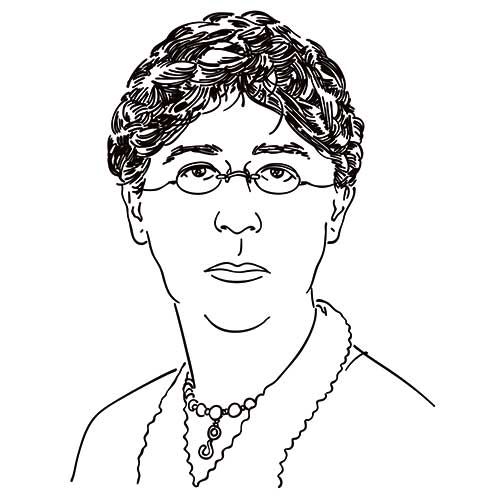
MARY PARKER FOLLETT, Management Pioneer
MARTHA MCCARTHY, School of Education
I would enjoy having dinner with Mary Parker Follett (1868–1933), who was ahead of her time in skillfully analyzing political and organizational behavior. I’d first apologize for Harvard University rejecting her application to graduate school because she was a woman and for organizational theorists not giving her seminal writing the consideration it deserved until long after her death. If my field of educational leadership had addressed her cutting-edge work on unifying organizational principles, interrelationships and holistic communities, perhaps we would have understood power sharing and distributed leadership much earlier and embraced the concept that morality and emotion are central to the work of educational leaders. This might have helped us deal more effectively with the challenges of increasingly diverse schools in our nation. We still can learn a lot from the work of this amazing woman, so I would like to invite her to many future dinner parties!
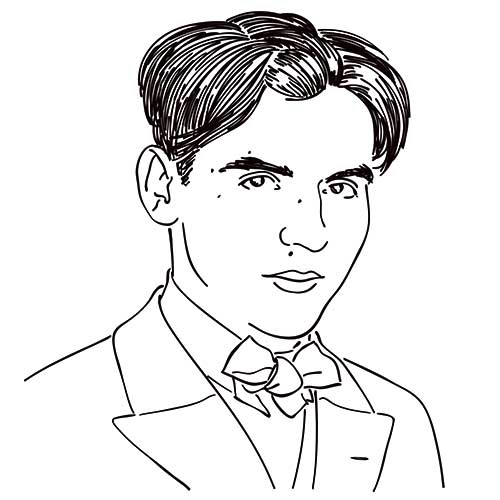
FEDERICO GARCÍA LORCA, Poet
CECILIA GONZÁLEZ-ANDRIEU, Bellarmine College of Liberal Arts
I know he wants tea; Federico loves tea. And, after dinner, please play the piano. Improbably, along with being an internationally recognized poet and dramatist, he is a world-class pianist. I so much want to hear his voice, the lilting accent of Andalusian Spain, which, like its progeny, my Caribbean Spanish, cuts off the last letters of a word. There is a freedom in Federico that beguiles me —the way he speaks about Christ as “love liberated from time.” I want to know about his prayer life. Why that one night during Holy Week in Granada did he walk barefoot, cloaked and anonymous? How did he create his extraordinary and complex “Ode to the Most Blessed Sacrament of the Altar”? I don’t know how to survive saying goodbye after dinner. I want to protect him from the fascist thugs who will take his life before reaching his 40th year. Ay Federico, please, please stay.
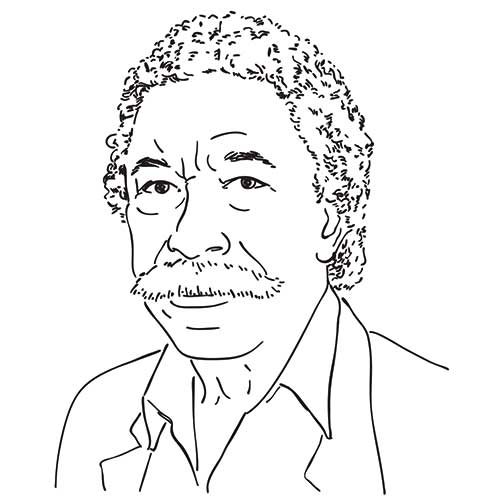
GORDON PARKS, Photographer
CHARLES SWANSON, School of Film and Television
The person I would have dinner with is Gordon Parks. Sharing a meal with Mr. Parks would facilitate a lengthy and compelling dinner conversation. He was a LIFE and Vogue magazine photographer and photojournalist, co-founder of Essence magazine, a composer, the first African American filmmaker to produce a major studio film and the so-called “Father of Blaxploitation” movies for his film “Shaft.” Even though I was surrounded by his prolific contributions to the expression of African American and American life as a child, it would take me most of my adult life to discover the extent to which he affected my subsequent career aspirations. I would simply begin our conversation by asking him what he thought of contemporary African American visual artists like Kara Walker, Bradford Young, Ava DuVernay, Andrew Dosunmu and Loyola Marymount’s own Kahlil Joseph ’03. I would want to sit and listen to his commentary on each of these talented American voices.
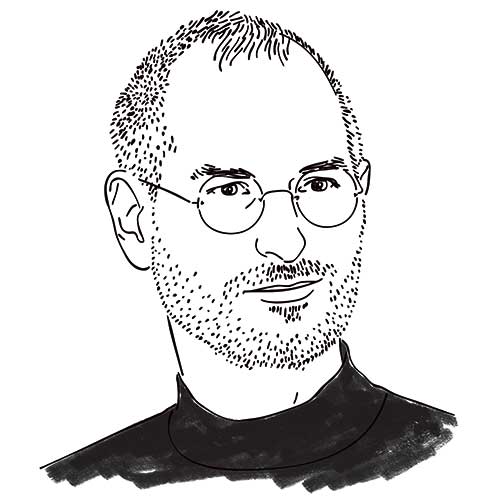
STEVE JOBS, Entrepreneur
ELLEN ENSHER, College of Business Administration
I would love to talk about mentoring with Steve Jobs. I study, write and speak about how mentoring can change people’s lives. Much is known about Steve’s accomplishments, and he was often depicted as someone who “did not suffer fools lightly.” Less well known is the kindness he exhibited in mentoring young business founders in the Silicon Valley. Steve was a mentor to Larry Page (co-founder of Google) and Mark Zuckerberg (Facebook). Mentors and protégés pose tests or relational challenges to each other that can make or break their relationship. I would ask Steve about what his tests or expectations were for his protégés. Finally, we’d talk about how mentors can help people find their calling in life. After all, in his 2005 commencement address to Stanford graduates, Steve reminded us, “You have got to find what you love.”
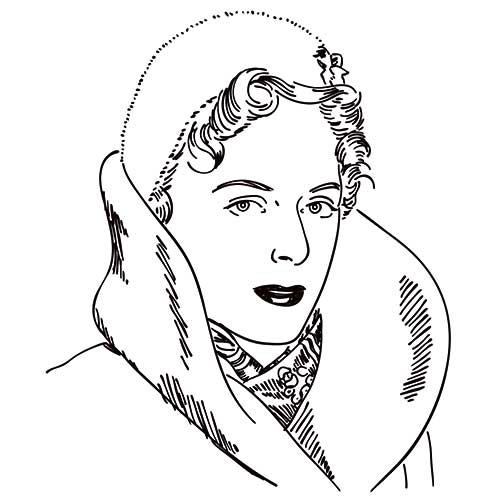
CHRISTINE JORGENSEN, Gender Pioneer
MARTINA RAMIREZ, Frank R. Seaver College of Science and Engineering
Christine Jorgensen, an ex-G.I., became nationally known after undergoing gender-confirming surgery in Denmark in 1952. When I was in elementary school, I read “Christine Jorgensen: A Personal Autobiography,” a milestone in my journey of self-discovery. This summer, I re-read Christine’s book and was struck by the relevance of many of her experiences for contemporary trans issues. For example, Christine once dealt with lack of bathroom access when she was barred by police from using women’s public restrooms in Washington, D.C. Moreover, while she regularly dealt with often lurid questions about intimate details of her anatomy and personal life following her return to the United States, no one ever asked about the relationship between her faith and her gender transition. Thus, I’d love to have dinner with Christine to hear her perspective on transness then and now, given her role as a trailblazer for we transwomen of today.
CESARE BECCARIA, Criminologist and Jurist
SEAN KENNEDY, Loyola Law School
The person I would most like to have dinner with is Cesare Beccaria. He was a Jesuit-educated criminologist/jurist who wrote “On Crimes and Punishment,” which was a game-changer in criminal justice in Europe and early America during the Enlightenment. Today, the United States is the only industrialized democracy to retain the death penalty and, on average, our sentences are seven times longer than sentences for the same crime in Western Europe. In the era of mass incarceration of young minority men, the United States needs its own “On Crimes and Punishment” for modern times.
ERNEST DICHTER, Marketing Pioneer
DAVID W. STEWART, College of Business Administration
Ernest Dichter was a psychologist and marketing expert, much as I am. Dichter is generally credited with being the father of motivational research and the man who put the consumer on the couch. A prolific author and well-known marketing consultant, Dichter spent his life investigating why consumers behave as they do and explaining his findings to corporations and government. He helped “Put a Tiger in Your Tank,” likened baking to giving birth, called credit cards “magic,” suggested selling prunes as “California Wonderfruit,” conducted research that led to the invention of the Barbie doll, and advised automobile manufacturers to advertise in women’s magazines. He also worked with numerous political office-seekers, including U.S. presidential candidates and other world leaders. It would be very interesting to have dinner with Dichter, especially in the castle he famously called home —which was, indeed, a castle — to hear his views of both contemporary consumers and modern marketing, and his thoughts on the recent presidential campaign.
ARTHUR MILLER, Playwright
JUDITH ROYER, College of Communication and Fine Arts
I would invite Arthur Miller, one of the fathers of American Realism in drama. Miller’s plays focused on social, political and economic issues of American immigrants, instead of the often rhetoric-based imports from their European traditions. A very contemporized Young Vic revival of his play “A View From The Bridge” was performed this past semester at the Ahmanson Theatre in Los Angeles. Director Ivo Van Hove fused the realism of Miller’s play with more contemporary experiments in style and genre. He took Miller’s realistic play and focused the action in more stylized terms, sometimes even symbolic or ritual in nature. I would love to invite Van Hove to join Arthur Miller and me at this wonderful fictional dinner. Would Miller love or hate what Van Hove did with his play? Would he be appalled to see the style he helped hone for the American Drama tradition stretched and reshaped for a contemporary audience, or would he be thrilled that a modern theatre practitioner found a way to understand and translate for a new audience the essence of his play? What a conversation that could be!
ST. IGNATIUS OF LOYOLA, Founder of the Society of Jesus
JEANNE FALLON, C.S.J., Instructor, LMU Extension
A Meditation
On Sunday afternoon I came looking for Ignatius in his cave at Manresa. At this time, he had the custom of praying seven hours every day, and he also “busied himself by helping certain souls in spiritual matters, who came there looking for him.” (Autobiography #26.) I had heard about his holiness and I yearned to have a spiritual conversation with him. Aware that he had been fasting from meat and wine unless someone gave him some on a Sunday, I brought him a basket of roasted lamb, French lentils, red wine, bread and goat cheese. At the entrance, I called, “Iñigo, are you here?” He answered and welcomed me. There he stood, with long hair, wearing his sackcloth garment, and his face radiant with God’s love. In his courtly manner he invited me in to sup with him.
